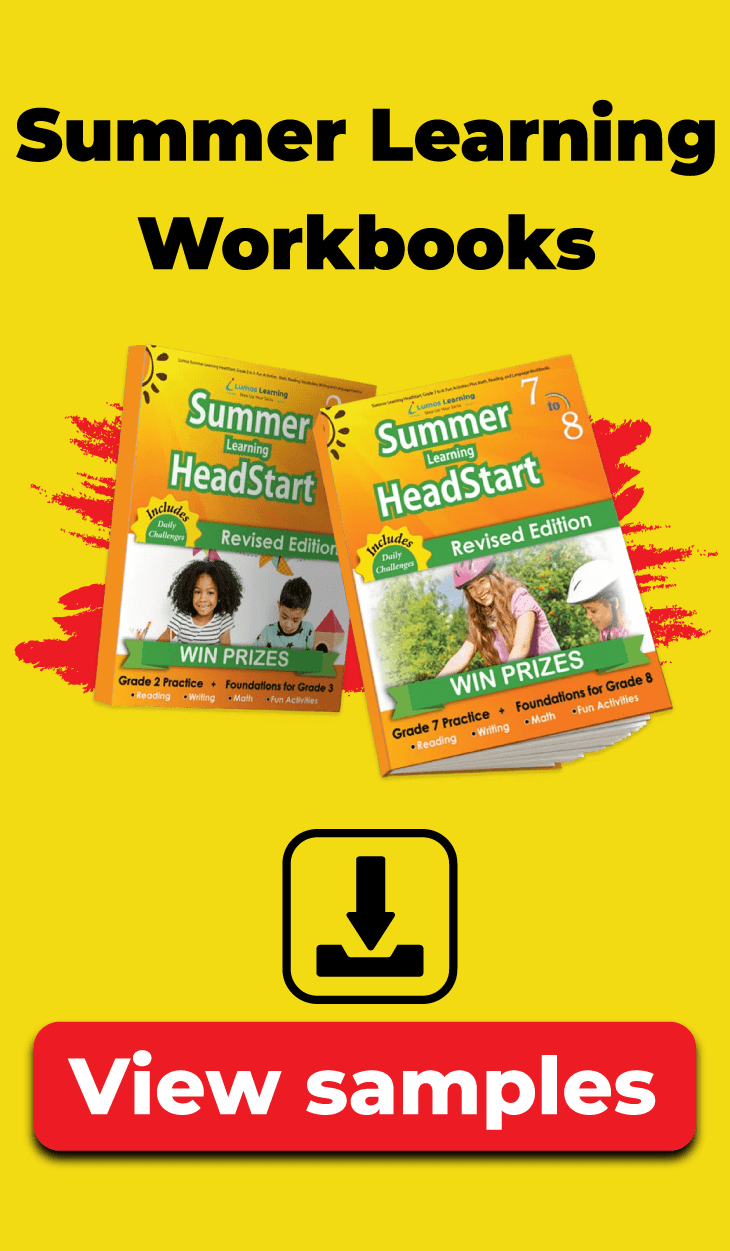Return To Teachers Speak
It’s easy for a teacher to become overwhelmed by grading, and when it comes to grading students’ writing pieces, the ask can become even more onerous. As most teachers know, specific timely feedback in student writing is a highly effective way to improve a student’s writing skills. However, with so many subjects to plan for and teach (at the elementary level), and so many students’ writing pieces to grade (at the middle school level), how can a teacher “do it all”?
Luckily, there are many technological aids that can assist teachers who are looking for ways to improve their students’ writing, whether that writing is an essay, story, or merely building the grammatical skills to revise and edit writing pieces.

Below is a description of several technology tools that are available now for students and teachers to improve online writing programs for elementary students:
-
Essay Punch:
This online resource provides interactive tutorials for essay writing. Essay Punch offers writing prompts and exercises that guide and assist students as they write persuasive, informative, and descriptive essays. This tool helps studentsimprove their writing skills in order to help them communicate their ideas clearly and in an organized fashion.
-
Criterion Online Writing Evaluation Service:
This service from ETS (Educational Testing Service) provides assistance to students who are writing essays. Students receive instant feedback on their writing, along with a diagnostic score. In addition, this service supports students in all stages of the writing process (planning, drafting, revising, and editing).
-
Writing Roadmap (McGraw-Hill):
This tool for grades 3-12 allows students to practice their writing skills and receive grade-specific feedback. Features of this program include: the ability to choose writing assignments from five separate genres, instant feedback that is generated using rubrics, and individualized writing recommendations based on the student’s writing pieces.
-
Quillpad:
On this site, authors offer suggestions and exercises to help not only students who struggle with writing but also those who enjoy writing and are looking to improve their skills. Quillpad showcases a vocabulary-building section (“Power Words”), writing lessons and exercises that are aligned with the Common Core State Standards, and an on-line store with books and other resources for grades 5-9.
-
Google Drive:
Google Drive allows the user to access his or her files from any location. For collaborative projects, students can create writing pieces and presentations and share them with other users immediately. Writers can access and work on the same assignment simultaneously.
-
Scholastic.com:
Visit Scholastic.com to learn more about Scholastic’s free teacher resources for lesson plan ideas, rubric generators, and more. To help those with writer’s block, use the “Story Starters” to provide ideas and structure for students. Check out the “Blog Rubric” so that students may evaluate the quality of Scholastic News blog posts. Or, ask your students to submit their book reviews to Scholastic: if they are selected, their reviews will be published on Scholastic’s site.
-
Citation Generators:
Tools such as Bibme and Easybib allow students to take research information and properly credit and cite the work they’ve used in writing their essays and reports. This technology gives the writer options for publishing bibliographies, footnotes, and endnotes in formats such as MLA, APA, Turabian, and Chicago.
-
Multimedia Resources:
Other ways you can increase motivation and combine media with writing is to use technology your school may already have. For example, Microsoft Publisher allows students to make newsletters, brochures, and post cards to publish their writing in an interesting way, while Power Point and Animoto gives students the ability to create engaging multimedia presentations through pictures and captions (a great idea for younger writers whose writing may be shorter).
Clearly, the options today are endless. Depending upon your students’ needs and the assignments you plan to give, there exist a myriad of tools to assist you and your classes. So don’t let reading and grading your students’ writing get you down! Take advantage of the technology available to customize the technological tools that work for you.






Howdy! Do you use Twitter? I’d like to follow you if that would be ok. I’m undoubtedly enjoying your blog and look forward to new posts.
After I initially left a comment I seem to have clicked the -Notify me when new comments are added- check box and now each time a comment is added I receive 4 emails with the exact same comment. Perhaps there is a way you are able to remove me from that service?
Cheers!
Is there a technology, site, program or method that allows for students to write an essay online in a secure environment where they cannot access previously prepared materials?
Hi David,
This one is not free, but our school district used Holt’s Elements of Language program several years ago, which included an online essay component (see http://my.hrw.com/support/hos/ for more current information).
Though I haven’t personally used them, there are also online grading programs for essay writing, prompts, etc. If you can give me an example of how you want to use it in class and/or more details regarding the type of program you’re looking for, I can try to find more ideas of resources for you.
Thanks!